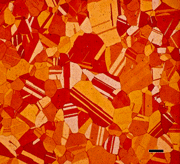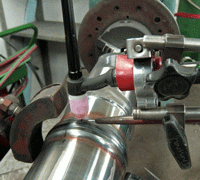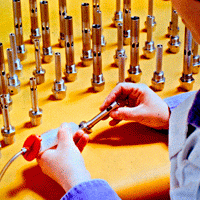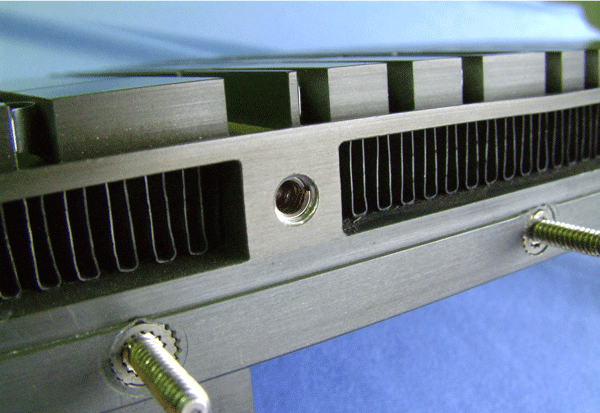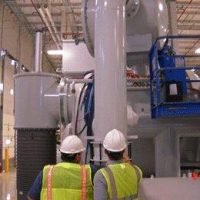While specimen preparation of superalloys for metallographic examination is relatively straightforward, the metallographer must take into consideration some of the inherent characteristics of these complex alloys, such as high toughness, presence of large amounts of strengthening phase and high corrosion resistance, to ensure getting samples that clearly reveal their complex microstructures.
Superalloys are complex alloys of Fe-Ni, Ni-, and Co-base compositions. Their microstructure can be quite complex due to the potential for a variety of phases that can form in heat treatment or service exposure conditions. This article discusses the use of new metallographic materials to prepare these alloys and the different etchants required to reveal the structure of these alloys properly as a function of alloy composition, heat treatment and microstructural phases. This discussion is limited to iron-nickel and nickel-base alloys, but most of the comments are also applicable to Co-base alloys.

